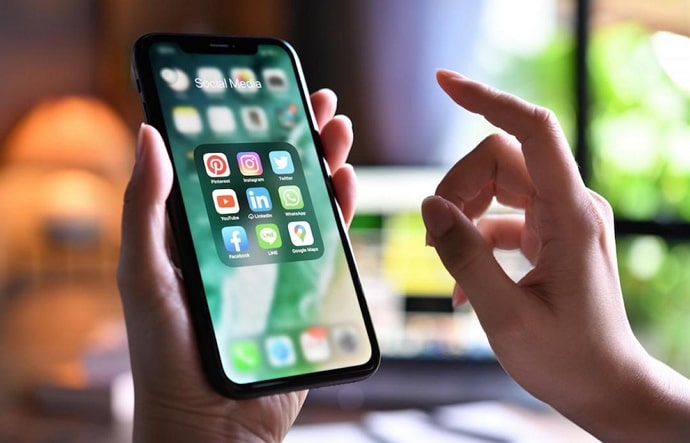The call for sustainability echoes louder than ever. Every action counts toward a greener planet, from reducing plastic use to conserving energy. The amount of paper waste generated can be staggering when it comes to events such as conferences, concerts, or festivals. However, there’s a simple solution on the rise: using QR codes in event management.
QR codes, short for Quick Response codes, are those square-shaped patterns you often see on posters, tickets, or advertisements. They work by encoding information that can be quickly scanned and read by a smartphone camera. Not only that, you can create QR codes on your smartphone, too.
So, how exactly do QR codes help in making events more sustainable?
Digital Ticketing
Digital ticketing is one significant way. Instead of printing thousands of paper tickets, event organizers can generate QR code tickets that attendees can simply scan from their smartphones. This not only saves trees but also eliminates the need for physical ticket distribution, reducing carbon emissions associated with transportation.
Information Dissemination and Invitations
Information dissemination and invitations are made more eco-friendly with QR codes. Organizers can create digital versions embedded with QR codes rather than printing and mailing out invitations or brochures. Recipients can then scan these codes to access event details or RSVP, eliminating the need for paper materials.
To utilize QR codes for this goal, follow these steps:
- Compile all necessary event details, including schedules, maps, and RSVP links, into digital PDFs or web pages.
- Generate QR codes for each piece of information using a QR code generator tool.
- Once generated, embed these QR codes into digital invitations, posters, or promotional materials using design software or online platforms. Ensure that the QR codes are prominently displayed and easily scannable.
- Finally, distribute the invitations digitally via email, social media, or event websites, encouraging recipients to scan the codes for access to event details and RSVP options.
File Sharing
File sharing becomes seamless with QR codes. Instead of handing out pamphlets or leaflets containing schedules, maps, or speaker bios, event organizers can provide QR codes that lead to downloadable files or web pages. Attendees can access all the necessary information digitally, reducing the need for printed materials.
To utilize QR codes for file sharing, you can use cloud drives such as Google Drive, Dropbox, or Microsoft OneDrive. Begin by uploading the relevant files, which may include presentations, white papers, proposals, or any other documents, to the designated cloud storage. Once the files are uploaded, generate QR codes for each file or relevant folders using a QR code generator tool. Embed these QR codes into relevant event materials like posters, brochures, or signage, ensuring they are easily scannable.
Additionally, keep track of your QR codes to make you identify and address any issues or discrepancies related to specific QR codes or linked resources during the event.
Interactive Experiences
QR codes enhance interactive experiences. Organizers can incorporate codes into displays or activities, allowing attendees to scan and engage with additional content, such as videos, surveys, or exclusive offers. This not only reduces paper usage but also enriches the event experience.
Real-time Updates and Schedules
QR codes make real-time event updates and scheduling efficient. Instead of printing and distributing updated schedules or announcements, attendees can scan these codes to access the latest information instantly, reducing confusion and paper waste.
To implement real-time updates and schedules with QR codes, organizers can create QR codes linked to online platforms or event management apps that provide real-time information. Organizations can instantly update these platforms to reflect any changes in schedules, speaker lineups, or venue locations. Attendees can scan the QR codes throughout the event to access current information, ensuring they stay informed and engaged.
In closing, embracing QR codes for event management is just one step toward a more sustainable future. Beyond QR codes, organizers can explore other eco-friendly practices, such as using recycled materials, implementing energy-efficient technologies, or supporting local vendors. By coming together and adopting these practices, we can host events that entertain and educate and leave a positive impact on the environment. So, let’s continue to innovate and create greener, more sustainable events for future generations.


 Bitcoin
Bitcoin  Ethereum
Ethereum  Tether
Tether  XRP
XRP  Solana
Solana  USDC
USDC  Dogecoin
Dogecoin  Cardano
Cardano  TRON
TRON